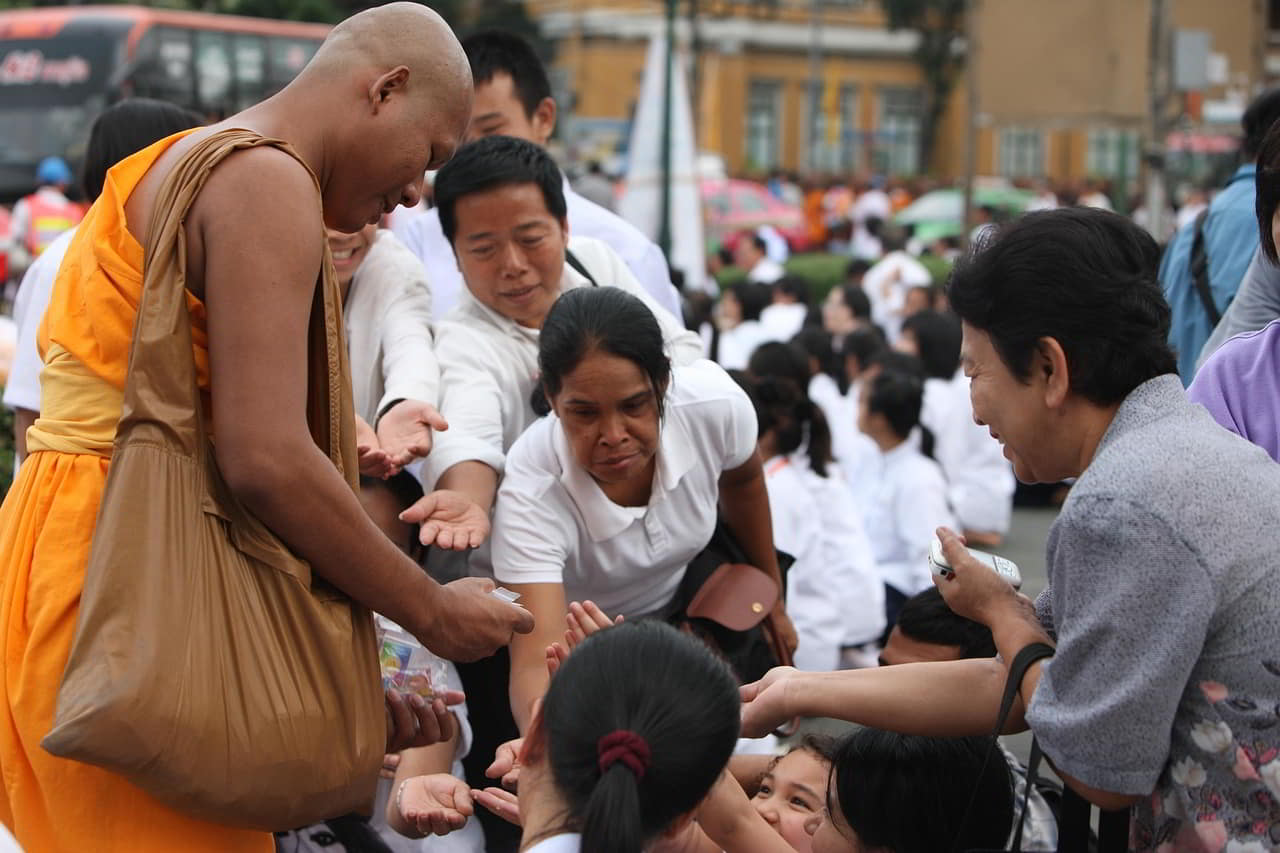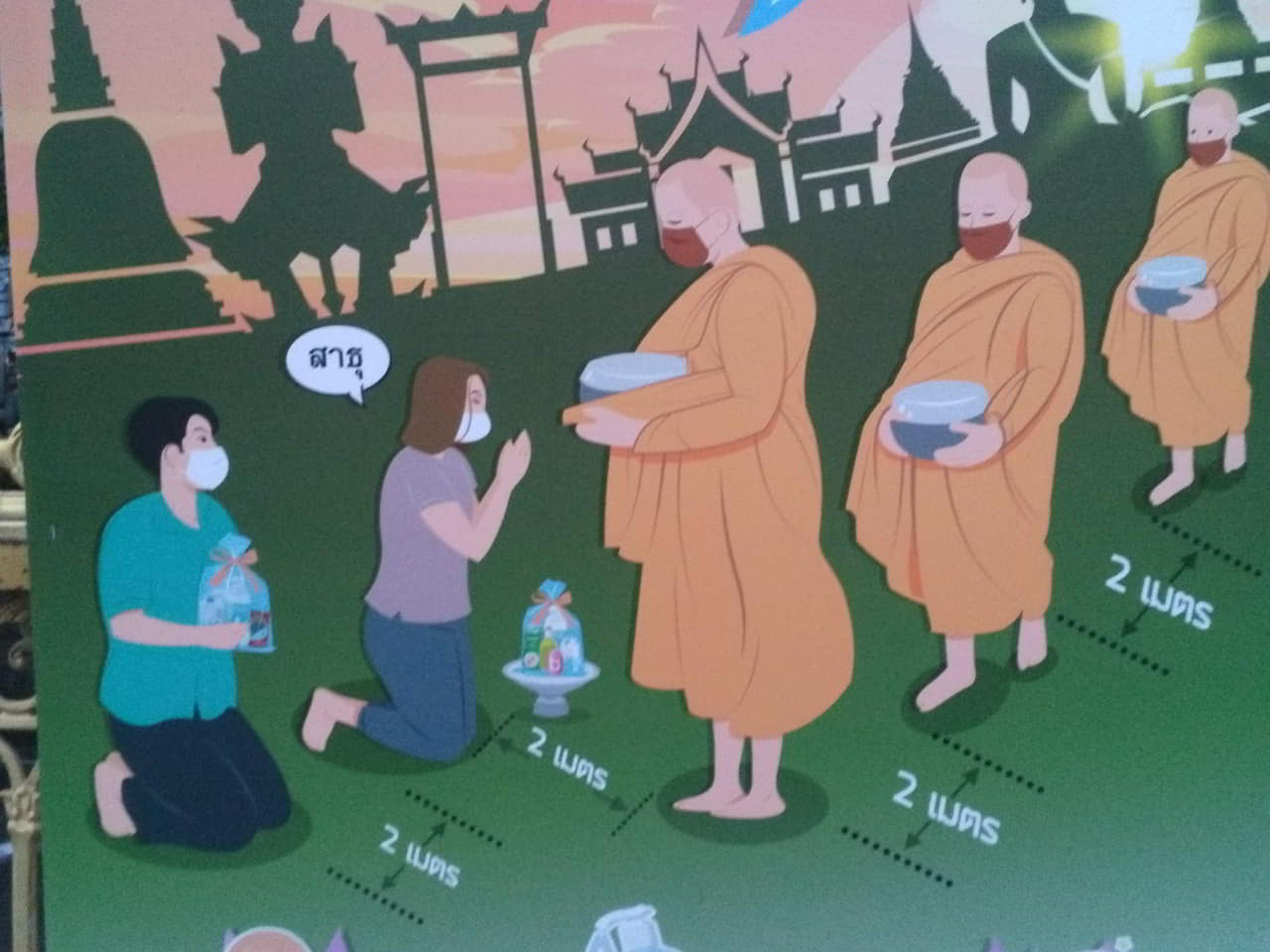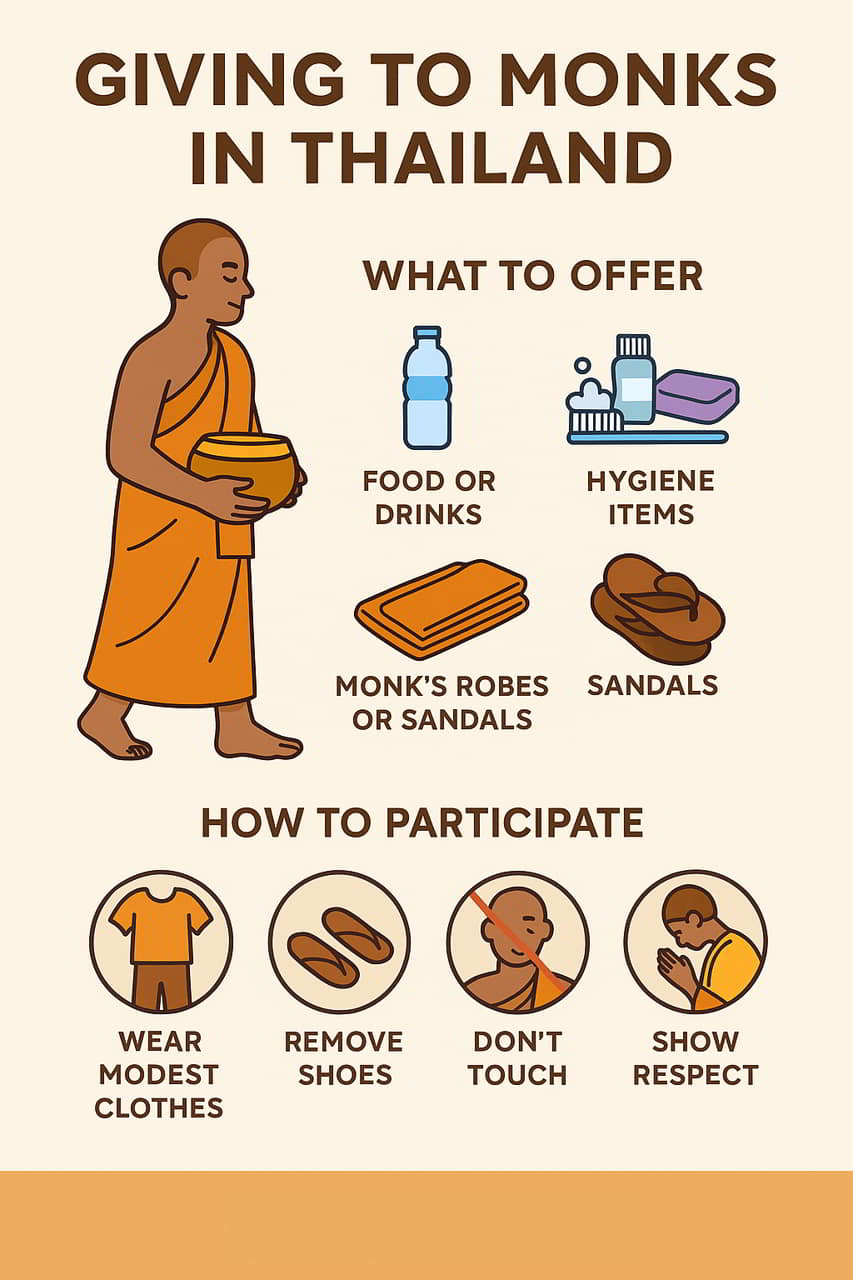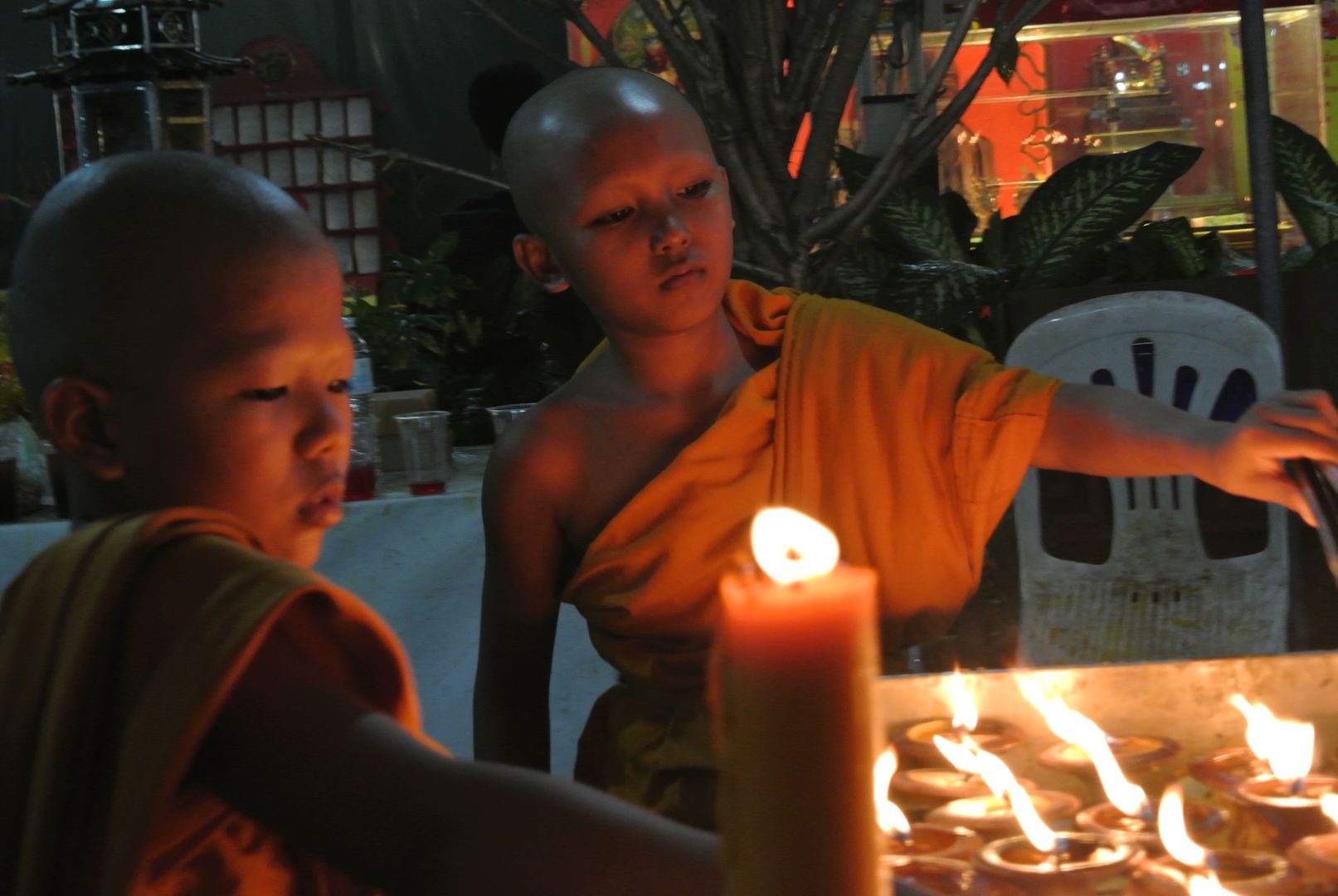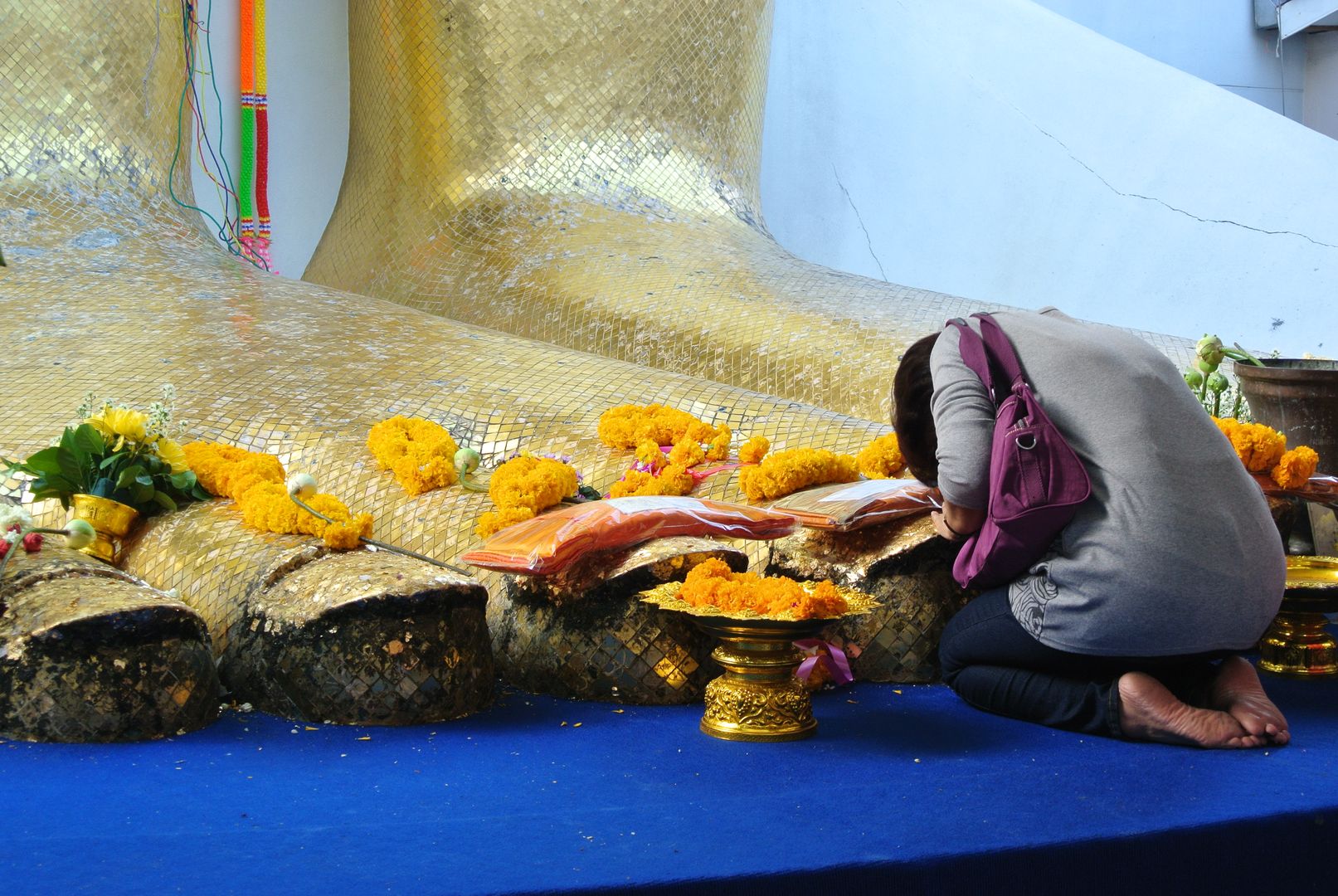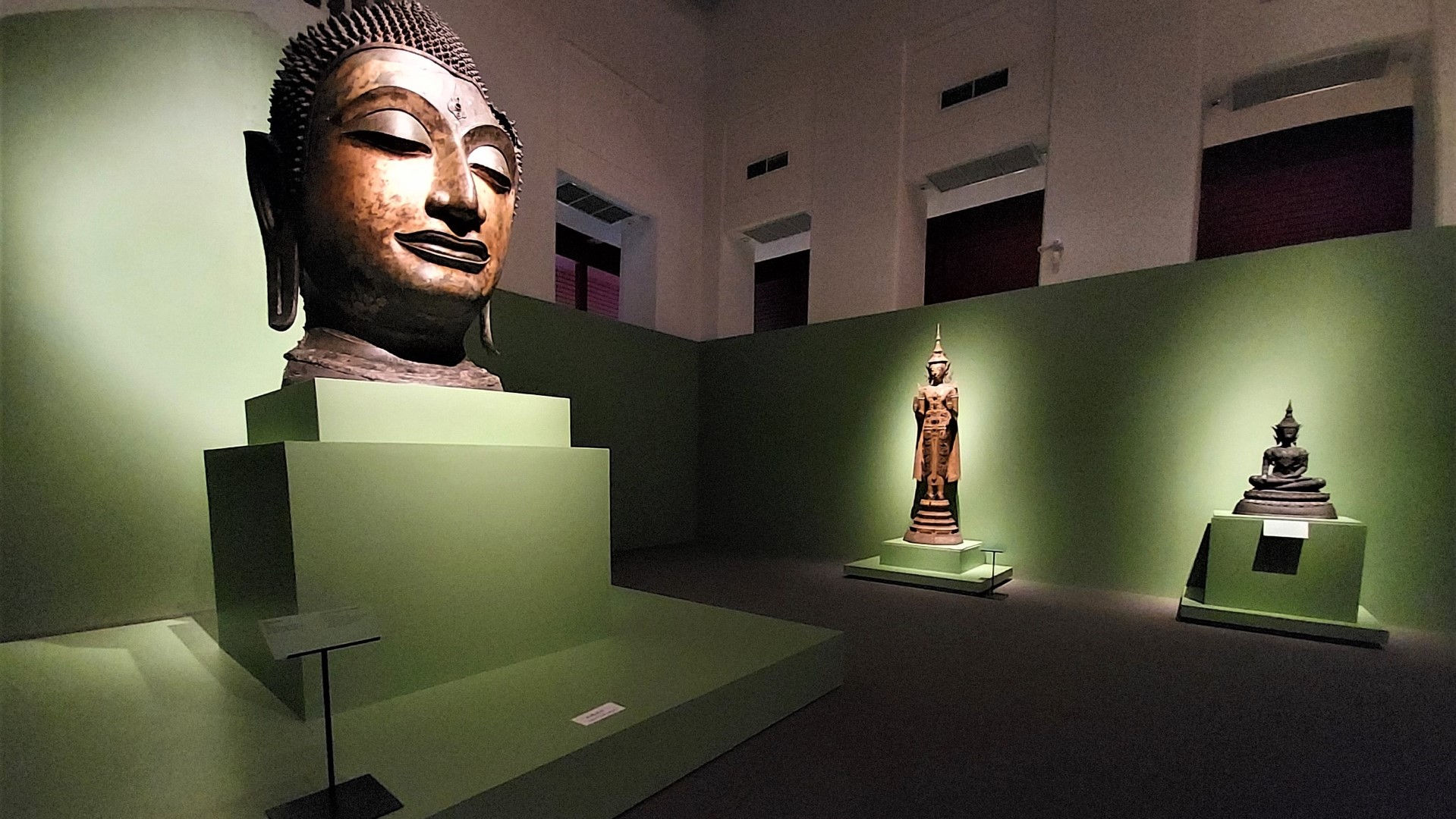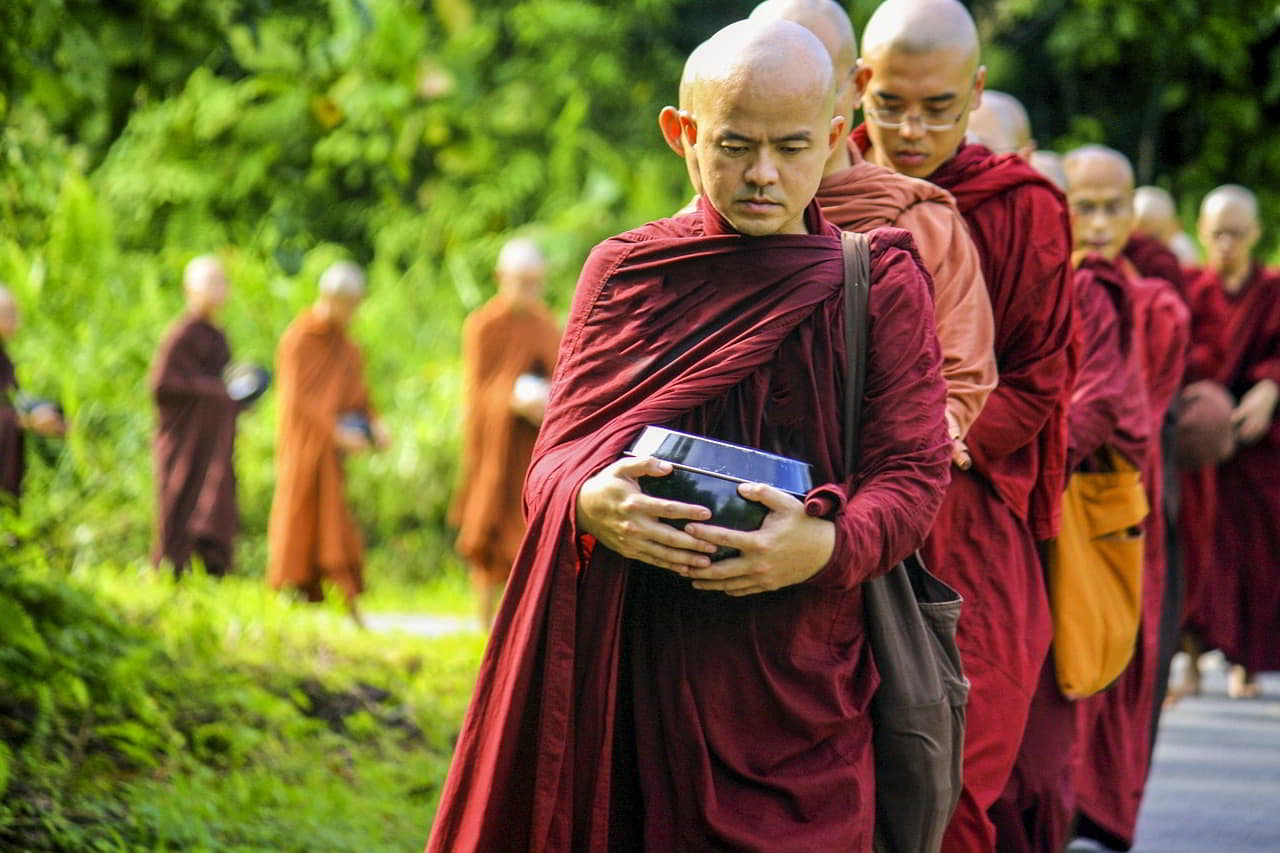
Giving to Monks in Thailand: Meaning, Rituals and Tips
Giving to monks is a daily ritual in Thailand, expressing generosity and respect toward the Buddhist community. Here’s everything you need to know to understand and participate in this meaningful practice.
What Is the Practice of Giving to Monks in Thailand?
Known as tak bat (ตักบาตร), this morning ritual involves laypeople offering food, drinks, or daily necessities to Buddhist monks. It typically takes place before sunrise, as monks walk barefoot and silently through the streets.
These offerings help laypeople accumulate merit (bun), a key concept in Thai Buddhism. In return, monks give a brief blessing.
The tak bat ritual is central to Thailand’s religious life. Institutions like Mahachulalongkornrajavidyalaya University emphasize its spiritual significance, especially the accumulation of merit. According to UNESCO, these daily gestures are part of the intangible cultural heritage, passing on Buddhist values.
Why Give Alms to Monks?
Giving food (or dāna) is a highly meritorious act in Buddhism. By offering to monks, laypeople can:
- Accumulate karmic merit (bun) for this life and the next,
- Support the monastic community that lives solely on donations,
- Cultivate generosity and altruism, which are key Buddhist virtues.
Donors usually present offerings barefoot, in silence, and with joined hands. The monk then blesses them—an appreciated moment of spiritual connection.
Buddhist Lent (Vassa): A Time of Retreat
From July to October, during the rainy season, monks stay in their temples for a three-month spiritual retreat known as Vassa. During this time:
- Monks do not leave the temple unless ritually required,
- Alms rounds are reduced or suspended,
- Laypeople bring offerings directly to the temple—meals, hygiene items, or monk supplies.
This period strengthens community bonds and is also a traditional time for temporary ordination of men and boys.
At What Age Do Monks Begin Alms Rounds?
- Fully ordained monks (from age 20) go on daily alms rounds.
- Novices (samaneras), from around age 7, may join them as part of their learning: humility, discipline, and silent conduct.
Many boys are ordained temporarily—often during school breaks or as a gesture of filial respect.
Women in Monastic Life: Between Tradition and Change
The role of women in Thai Buddhism remains limited. Unlike monks, women in monastic life (mae chi) do not receive full ordination.
- Mae chi wear white-pink robes,
- They observe strict moral precepts (e.g., no killing, stealing, sexual activity, eating after noon),
- They live in female monasteries such as Wat Paknam Phasi Charoen.
⚠️ Unlike monks, mae chi do not go on alms rounds. Devotees must bring offerings to their temples.
What Can You Offer to Monks?
Common offerings include:
- Water or non-alcoholic beverages,
- Rice or cooked food,
- Hygiene items (soap, toothbrushes),
- Robes or monk sandals.
❌ Do not offer raw meat, alcohol, tobacco, or money.
How to Participate Respectfully
To give alms properly:
- Dress modestly (cover shoulders and legs),
- Remove shoes before offering,
- Never touch a monk—especially if you are a woman,
- Remain quiet and respectful,
- Receive blessings with joined hands (wai gesture).
Where Can You Witness or Join the Ritual?
- In local neighborhoods, rural areas, or near temples,
- In Chiang Mai, Sukhothai, or Luang Prabang (Laos), the ritual is common at dawn,
- In Bangkok, some temple areas allow participation without disturbance.
FAQ – Giving to Monks in Thailand
Can tourists give to monks?
Yes—if done respectfully and with genuine intention.
Is it a religious obligation?
No, it’s a voluntary act of faith and reverence.
Can I take photos during the ritual?
Yes, discreetly and from a distance. It’s best to wait or ask permission.
What if I don’t know what to offer?
Near temples, vendors sell ready-made alms baskets for convenience.



